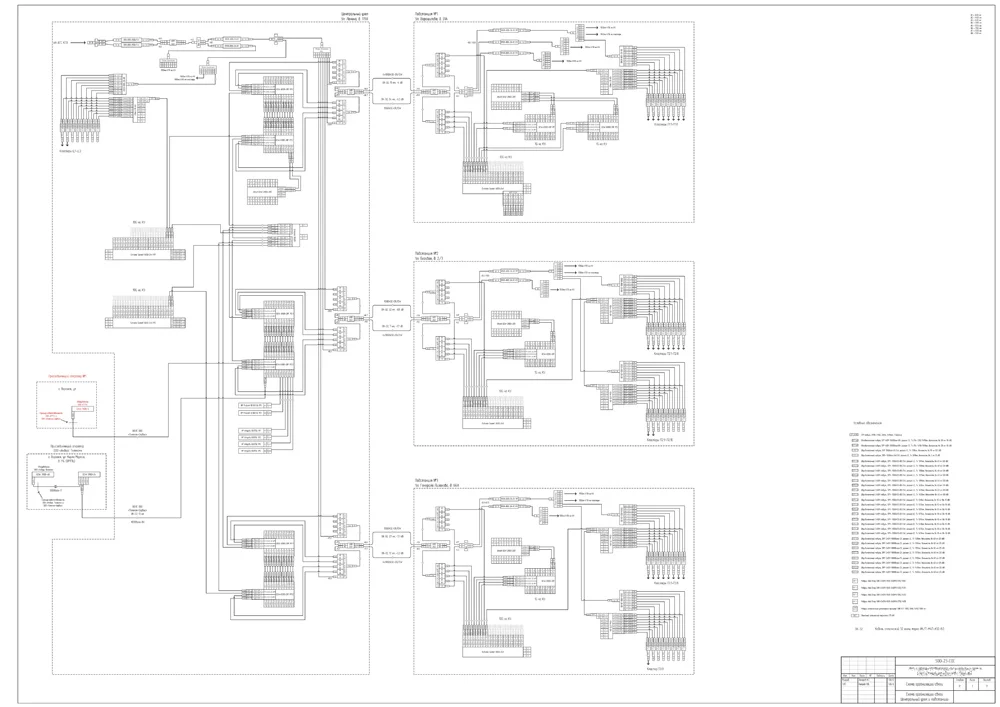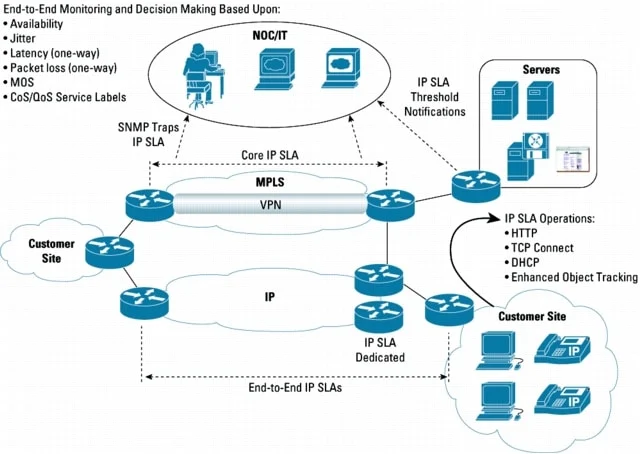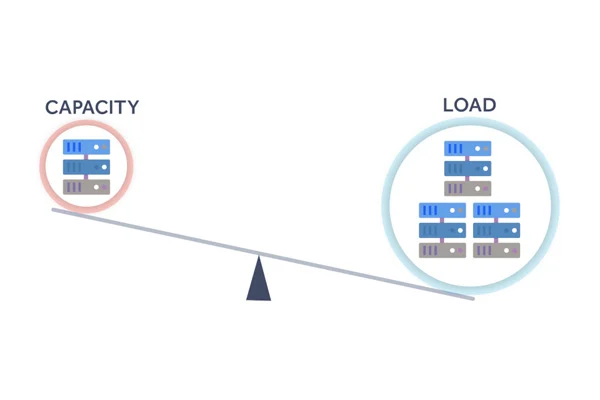When I complete a big and complex technical drawing, which turn out clean, readable and beautiful, I feel myself as.. not even William Turner, but Ivan Aivazovsky!
Vasiliy G, splice.me CEO
Quick roadmap
We talk a lot about fiber network design here. Now let’s shift to what it takes to become a fiber network designer nowadays. This guide walks through the certifications, courses, exams, costs, study resources, real-world gaps in common programs, the practical benefits. It’s written to help technicians, engineers, managers, students better understand how to gain and prove this knowledge.
Becoming a certified fiber network designer typically means – get core hands-on fiber skills, choose a designer-level certification (CFOS/D, RCDD, or vendor designations), take one or more prep courses and study the reference materials, pass a written/practical exam, use that credential to win design roles, bids, or warranty/partner programs. Easy-peasy. Below I describe each step, with realistic cost ranges, exam formats, course suggestions.
Which certifications do exist
There are three useful categories of credentials you’ll see in the market:
- Technician-level industry certifications focused on hands-on skills – CFOT, ETA/FOI, CFI, etc.
- Specialist «design» credentials that cover network planning and project-level decisions (FOA CFOS/D and similar). CFOS/D stands for «Certified Fiber Optic Specialist – Design».
- Broad comms design credentials and vendor or warranty programs (BICSI RCDD for structured design, Corning/manufacturer-approved installer & warranty programs, and local/regulated licensing in some countries).
The Fiber Optic Association’s Certified Fiber Optic Technician (CFOT) is the de-facto baseline for technicians – it’s designed to validate installation, splicing and testing fundamentals and is often the required pre-requisite for more advanced FOA specialist credentials. FOA documents the CFOT and its specialist follow-ons (CFOS/T for testing, CFOS/D for design) as a family of certifications aimed at technicians and network owners.
For design at the telecom/infrastructure level, BICSI’s RCDD (Registered Communications Distribution Designer) is a high-value credential that covers system and distribution design, standards, and project documentation – it’s aimed at designers and consultants and is widely recognized by employers and governments for higher-level cabling and ICT infrastructure work. BICSI maintains explicit application and exam fees and a higher administrative burden than technician/designer tests because of its scope.
Manufacturer training and qualification programs (for example, Corning’s «See the Light» / Fiber Broadband training and Corning-approved installer programs) are commonly needed if you want to be eligible for vendor warranty programs, manufacturer extended warranties, or to be listed as an approved contractor. Vendor programs emphasize their product families, on-net best practices and warranty prerequisites. Corning publishes a variety of multi-day hands-on courses and field training for installers and engineers.
Finally, ETA International (and organizations that partner with training providers) offer practical certs such as Fiber Optics Installer/Technician exams. These are lower-cost and practical for contractors who need a certificate of competence validated by a third party.
Pros & cons
Pros for FOA CFOT / CFOS/D series are excellent for practical fiber tech skills, broad industry recognition, lots of free FOA study material (FiberU, FOA reference guides). It’s also a great entry point, inexpensive to access. The cons are: some FOA courses are technician/plant-oriented and don’t always teach deeper civil, regulatory or project-finance topics that large multi-stakeholder network design projects need.
BICSI RCDD pros are: strong design/standards/contractor credibility and global recognition in structured/enterprise environments. But the cons are – cost and application requirements are higher, and it targets building/ICT distribution more than FTTH design. Exam and application fees are non-trivial.
Vendor programs like Corning definitely have pros – they are required for manufacturer warranties and are highly practical. Cons – vendor-specific emphasis can limit generality, and you may need multiple vendor qualifications for different clients.
ETA and other test providers are usually low cost and good for hands-on proof of competence, but have less influence than FOA/BICSI for design-level credibility.
How much do these certifications cost?
Costs vary a lot by country, the training provider and whether the exam is bundled. Expect to pay. Many training schools include the FOA CFOS/D exam with tuition. FOA’s Direct Certification information lists an exam fee in the low $ hundreds (it mentions ~$150 for the certification exam if taken standalone), while some providers bundle a lower exam fee in their class price. Expect overall course plus exam packages from under $300 (which anyway means self-study plus exam at low cost) to several hundred $ for instructor-led classes.
For BICSI RCDD application & exam fees are significantly higher. Published BICSI application fees are about $500 for members and $700 for non-members. Numbers vary over time and vary by version, add study materials and training courses.
Manufacturer courses like Corning and other vendors list multi-day courses in the $ mid-hundreds to $ low-thousands per seat depending on the program. For example, regional Corning sessions, which includes installation or technician training, have been listed in promotional materials in ranges like $750..1500 depending on length and region.
ETA-administered exam prices are commonly in the $150 range. Training partners sometimes add a course fee.
Put another way – a full path of basic CFOT + CFOS/D prep + one vendor course could be under $1000 if you self-study and pick economical classes. Or several thousand USD if you pursue premium vendor training and BICSI design credentials with course providers and materials.
From preparation to exams
What literature to use for preparation
FOA’s own FiberU is a free online self-study resource with detailed lesson modules, including a Design module used as prep for CFOS/D. FOA also publishes the FOA Reference Guides like testing, inside/outside plant, network design, which are canonical textbooks for CFOT/CFOS/D candidates. These are the most widely used starting references.
BICSI provides a structured curriculum and the BICSI manuals and RCDD study resources, which are vital if you want to achieve RCDD-level competence in cabling distribution design. BICSI courses and manuals are commonly required reading for exam candidates. But they are costly!
Manufacturer courses and handbooks like Corning’s training materials, Corning LANscape EWP requirements, etc., are essential if you intend to design fiber networks intended to be installed under particular manufacturer warranties. Corning’s «See the Light» program provides both design and installation-focused design considerations for broadband builders.
Supplemental reading and useful textbooks
- FOA reference guides (testing, outside plant, network design) and FiberU modules
- BICSI Telecommunications Distribution Methods and BICSI manuals (for RCDD prep).
- CNet training info
- Search for vendor whitepapers on PON, GPON, XG-PON design, testing methods (OTDR/OLTS techniques), and splicing best practice.
- Study your national telecom standards and regulatory texts.
A suggested study & credential path
Start with a technical baseline and layer on design and vendor skills. Take a CFOT or ETA installer or technician class to master splicing, inspection and testing. It’s vital to understand design anyway. Use FOA reference guides for self-study. Find some hands-on practice – spend time with OTDRs, OLTS, fusion splicers and connector inspection microscopes in a lab or in the field. Employers look for documented hands-on hours.
After that take the CFOS/D course or BICSI distribution/design training depending on your target market. Pair that with vendor PON and manufacturer training if you’ll design networks using their products.
Learn how to use some fiber network design tools, or at least watch corresponding videos on youtube. In addition, if you expect to handle route surveys and civil works, learn GIS tools and civil permitting basics. If you’ll manage projects – consider a PM credential. Study the network basics and stay current – track emerging standards like XGS-PON, new testing tolerances, etc.
How the exams look
FOA CFOT (technician) written exam is typically a ~100-question test made of multiple-choice, matching and true/false items. Many providers report a passing threshold around 80%. Training providers commonly run the exam at the end of instructor-led courses or students can take it via FOA’s direct certification options. FOA also runs separate specialist exams like CFOST for testing, that may include open-book elements and calculators for relevant specialties.
FOA CFOS/D (design) exam focuses on fiber network planning, fiber loss-budgeting, fiber count/breakout selection, route considerations and regulations. Expect a focused written exam and practical problem solving rather than lengthy hands-on splicing tests.
BICSI RCDD exam is a proctored professional exam with a rigorous application process (proof of experience/education) to qualify for exam entry. The test focuses on standards, cabling distribution and design practice.
ETA exams like FOI or FOT are shorter written tests and may be paired with hands-on assessment by the training school.
Important note – many training schools bundle hands-on lab assessments (splicing, connectorization, OTDR and power meter use) into their classes. Even if the cert exam is written, employers expect practical competence, so don’t skip the lab time.
Common pitfalls and how to avoid them
Many candidates make the mistake of treating a written exam as sufficient. In reality, practical competence (cleanliness of connectors, correct OTDR interpretation, consistent splice loss) and the ability to anticipate field constraints (permit timelines, duct availability, easement issues) determine success on projects. Balance book study with hands-on labs and at least one real route/survey exercise.
Another pitfall is relying solely on a vendor’s program. Vendor certs are valuable but may not translate to general design competence. Pair vendor training with neutral materials like FOA for well-rounded credibility.
What FOA courses don’t fully teach
FOA is excellent at technician fundamentals and provides an accessible path for specialists, but if you’re aiming to be a full network designer on large projects you’ll likely need to supplement FOA learning in several areas. Planning long-haul aerial and underground fiber routes requires understanding of civil permitting, duct routing, microtrenching, and negotiation with utilities. Studying materials cover some construction techniques but typically don’t replace formal civils training. So don’t be afraid facing new topics like pole loading analysis for attaching fiber or NJUNS coordination.
FOA helps with estimating fiber counts and budgets but enterprise-scale fiber network design requires deeper and faster skills in bill-of-materials preparation and commercial contracting clauses. Modern fiber route planning and design often uses GIS tools and survey deliverables, which are not covered in classes. Also, they won’t teach you how to properly use Autocad or Visio, study it yourself.
Such cornerstone things in fiber network design as splice schematics and diagrams are also missed. Learn how to deal with them yourself using splice.me app.
Courses cover some project management basics for network design, but large telco projects need formal training like PMP and multi-party coordination skills.
More hands-on fiber design topics:
- Fiber mapping – how to make a fiber network map
- Standards and regulations in FTTH networks
- 4 key components of ftth network design – osp fiber design explained
- Understanding the fiber optic network diagram and its relation with splice diagram
- Fiber optic cable network management software in 2025: how Splice.me is replacing spreadsheets and suffering
- FTTH Planning and Design 101: Tools, Software, and What’s Next
- Passive Optical Network (PON) design and managing 101
The benefits of holding a fiber design/tech certificate
A recognized cert moves conversations from «can they do the work?» to «are they trusted to sign off and manage risk?». Concrete benefits include much better chance to win design/engineering roles, because employers and project owners commonly list CFOS/D and RCDD as preferred qualifications.
Being certified by a vendor program is often required for extended warranties and for being listed as an approved contractor. Certified designers and engineers command higher rates than entry technicians. RCDD and senior FOA specialists are used in bids as proof of competence.
Certified designers and technicians are statistically less likely to make installation errors that cause costly rework. Clients value documented competence and recertification processes.
Country differences
FOA, ETA and vendor certs in the USA are commonly used for field and design credibility. BICSI RCDD is well known in governmental contracting. Many utility and telco operators require vendor or discipline-specific qualifications for warranty eligibility. Training is widely available across states.
In Europe vocational qualifications such as City & Guilds Level 2/Level 3 fiber awards are common for installers and are recognized by UK employers. BICSI and FOA credentials are also used for design and commercial projects. City & Guilds units explicitly cover fiber splicing, testing and external installations and often form the base for UK hiring.
The regulatory regime in Australia like ACMA and the AS/CA S009 wiring rules is central. Cablers typically obtain an Open Cabler Registration with relevant endorsements including fiber. National standards and NBN technical requirements drive the skillset expected of designers and installers. Vendor training is also important for contractor status on NBN projects.
In Asia and Africa training providers often run their own yet FOA-approved or vendor-approved courses. Local professional recognition may depend on a mix of vendor approvals, FOA credentials, and government/regulatory registration. Costs and access vary widely too.
Sources
Take care of your splice sheets
1000+ ISPs are already saving weeks of work with Splice.me!




